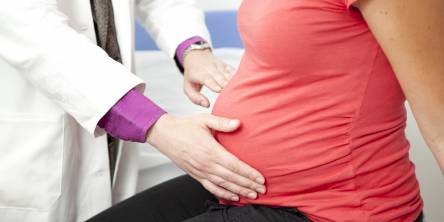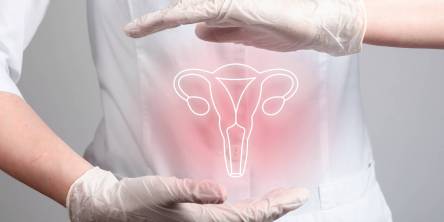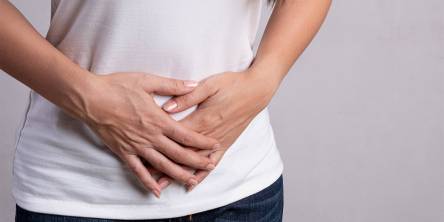5 Ways to Reduce the Visibility of Breast Lift Scars
A breast lift, like any other operation, involves skin incisions. Scarring occurs when your skin generates new tissues and mends the wound after an incision.
There are, however, measures to reduce scarring before, during, and after a breast lift.
The first step is to find a qualified and experienced plastic surgeon. Portfolio browsing can help you understand what a surgeon is capable of and pinpoint the results you want.
Working with an expert surgeon can ultimately lower your chance of scarring complications. They can also teach you how to care for and protect your skin after surgery.
Read on to learn more about how to reduce the visibility of your scars after a breast lift.
Different techniques leave different scars
Not all breast lifts result in the same amount of scarring. There are more and fewer invasive procedures available. Your surgeon can propose a specific lift according to your needs, such as sagging, size, and form.
Generally, the less you try to repair, the fewer incisions and scars you'll have. Going over your surgeon's portfolio of work will give you a better understanding of what your surgery may look like.
How to care for your scars and minimize their appearance
One of the most effective strategies to avoid breast lift scars is to prevent excessive scar tissue from forming. However, consult with your surgeon before attempting any home or over-the-counter (OTC) therapies. They can provide you with advice on best practices and help you with your care.
1. Scar massage
Scar massage involves gently massaging the scars in both horizontal and vertical motions. This is supposed to reduce inflammation and pain while also boosting collagen fibers to flatten scars.
According to Moffitt Cancer Center standards, you can begin massaging your scars two weeks after surgery. You can do the massage a couple of times per day, for around 10 minutes each time. You probably won't need to massage the scar once it flattens and fades.
2. Silicone sheets or scar gels
Consider silicone sheeting or scar gels as over-the-counter remedies.
Silicone sheets are silicone-containing bandages that aid in the hydration of fresh incisions. This, in principle, prevents overdrying and excessive scar tissue. These bandages may be used to relieve itching and pain immediately following surgery. You can keep using it until the incisions heal.
Scar gels, on the other hand, are over-the-counter silicone-based solutions that do not include bandages. These are used once the incisions have healed and for several weeks afterward. The major goal is to make the scars smaller and lighter in color.
3. Embrace dressings
Embrace dressings, like silicone sheets, are silicone-containing bandages. These are administered immediately after your surgeon has closed the wounds. The embrace dressing will help to bring the incision margins together, reducing scar tissue formation. They can be worn every day for up to a year.
4. Fractionated lasers
Once your wound has healed fully, you might explore professional scar removal treatments. Laser therapy can reach the top (epidermis) and inner (dermis) layers of your skin to minimize pigmentation differences
However, more than one treatment will be required to attain the desired results. For best outcomes, your scar should be treated every other month for a year or longer.
5. Sunscreen
Even if your incisions aren't directly exposed, ultraviolet (UV) radiation from the sun can penetrate your shirt or bikini top. Sunscreen can help to keep scars from deepening in the sun.
When the incisions have healed fully, you can begin applying sunscreen. Limit your sun exposure till then.
Wear sunscreen every day and reapply as needed for the greatest effects. Wear SPF 30 or higher. Make sure to use "broad-spectrum" sunscreen. These products offer the best UV protection.
Similar Articles
Uterine fibroids are benign tumors that develop in the uterine muscle tissue. According to the US Office on Women's Health (OWH), fibroids can grow as a single tumor or as a cluster in the uterus, and they can be as small as an apple seed or as large as a grapefruit.
Your pregnancy test came back positive, and nothing, not even early pregnancy symptoms like morning sickness or exhaustion, can dampen your spirits. However, it is natural to worry about what to do when you discover you are pregnant.
The cervix's proper functioning is crucial to a woman's reproductive health and fertility. However, most women do not know anything or have a limited understanding of it. As a result, there are numerous misconceptions surrounding cervical health.
Do many nighttime wake-up calls or interruptions to your daytime activities result from frequent bathroom visits? Six to seven trips to the bathroom in a 24-hour period is normal for most people. However, urinating more frequently could be a symptom of a serious problem.
The cervix is the lower part of the womb (uterus), where the fetus develops during pregnancy. A tiny hole in the cervix widens during birthing. It also lets menstrual blood exit her body.
Shatavari is a very renowned ayurvedic herb containing plenty of health benefits. It is also known as the universal rasayan. The word shatavari refers to a woman with a hundred husbands signifying the traditional use of this herb to boost the reproductive system of the body.
Despite the fact that around half of the world's population experiences, will experience, or has experienced menstruation, misunderstandings regarding this biological process remain.
Throughout your life, you may anticipate getting your period roughly 450 times. Even if you've gotten the hang of your cycle, there's a good possibility that some menstruation mysteries remain unanswered
Annual gynecological check-ups are essential for every woman to stay healthy. However, there are a lot of conditions that require medical attention. You should understand that the sooner you will be diagnosed and treated, the easier and more effective the treatment will be









